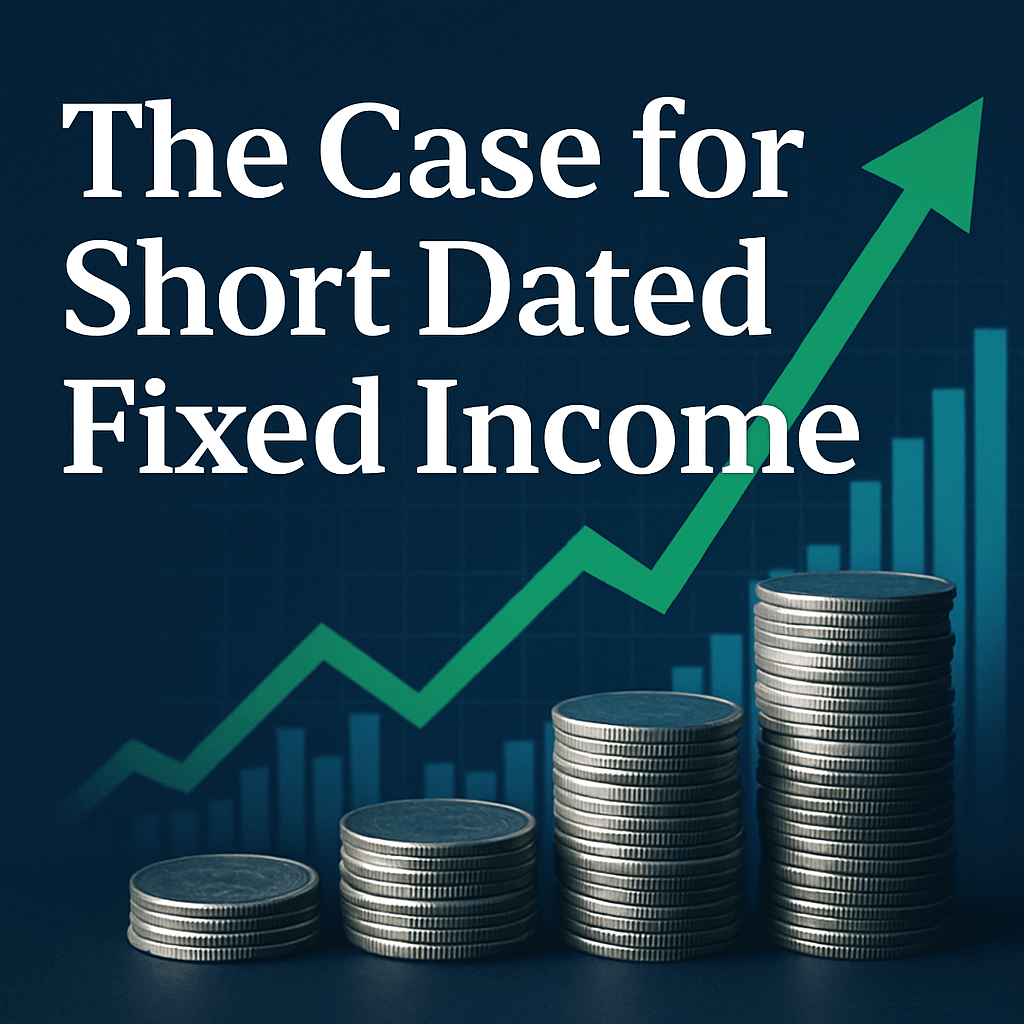The Case for Short-Dated Fixed Income

US monetary policy is injecting a new level of uncertainty into the global economic landscape. Volatility has surged across various financial assets, and bonds are no exception. This raises the question: how are short-term bonds coping under such conditions? The preliminary answer is promising — short-dated bonds have demonstrated resilience and stability in 2023, despite broader market turbulence.
Comparative Stability in a Volatile Environment
In an era where a single news headline or social media post can induce significant market fluctuations, short-dated bonds have provided a relative sanctuary for investors year-to-date. This trend is particularly evident in the eurozone, where a more protectionist stance from the US has coincided with a fundamental shift in Germany’s fiscal policies, leading to higher long-term bond yields.
Performance Metrics of Short versus Long-Dated Bonds
The performance of the Bloomberg Euro Aggregate Index illustrates this phenomenon. It encompasses government bonds, credit, and securitized debt, comparing the 1-3 year sector with the +10 year sector. Year-to-date, the smoother appreciation seen in shorter-dated bonds starkly contrasts the heightened volatility and underperformance of longer-duration bonds.
- Short-Dated Bonds: Year-to-date returns have remained positive, aided by a favorable income stream.
- Long-Dated Bonds: In stark contrast, these have suffered total return losses as rising yields offset higher coupon rates.
The Mechanics Behind Yield Curve Steepening
A significant factor driving the outperformance of short dated bonds in recent months has been the steepening of yield curves. Central banks have maintained an easing bias, leading to falling yields for shorter maturity bonds. Conversely, longer-term yields have climbed due to an increase in the term premium — a measure of the extra yield investors demand to hold longer-maturity bonds that could be subject to higher risks.
As yields move inversely to prices, the price dynamics in the 1-3 year sector have benefited from this backdrop, resulting in a positive price return along with a robust coupon return that contributes to its total return. In contrast, the +10 year sector has struggled to maintain its appeal as the gains from higher coupon rates have not compensated for the substantial losses driven by rising yields.
Income Stability and Duration Risk
Although yield curves have steepened recently, they remain historically flat. This flatness translates into comparatively attractive yields for investors taking on less duration risk — an important consideration given the future interest rate outlook. The days of Zero Interest Rate Policy (ZIRP) are now in the rear-view mirror, transforming the income generated from bonds into a more significant component of total returns.
The inherent lower duration risk associated with short-dated bonds implies that their steady income stream constitutes a more substantial proportion of total return, thereby providing a greater buffer against potential capital losses. A closer examination of the breakeven levels — the required yield increase that would erase the income return over a twelve-month period — demonstrates that short-dated bonds offer higher levels of protection compared to their long-dated counterparts.
Expert Insight: “Higher breakeven levels are indicative of greater protection. This doesn’t mean short-dated bonds are immune to losses, but it does afford investors a layer of security,” commented a market analyst from a leading investment firm.
Strategic Considerations for Investors
As we contemplate the future, the current economic landscape encapsulates substantial uncertainty. Short-dated fixed income assets are carving out a strategically essential role in broader investment portfolios. At a time when cash rates are declining, short dated bonds can serve as an effective transition from cash or as a means to diversify a wide-ranging portfolio aimed at reducing return volatility.
The Importance of Active Management
Investors must remain vigilant, recognizing that simply buying bonds may no longer suffice in today’s complex environment. The nuances of curve positioning, along with geographical and asset class divergence, underscore the need for strategic thinking. Consequently, actively managed short-dated bond funds emerge as viable options that can adapt to rapidly changing market dynamics, meeting the diverse risk management needs of investors.
Final Thoughts
In conclusion, short-dated fixed income assets are gaining traction as reliable instruments amid a fluctuating economic landscape. With their ability to deliver consistent income and retain relative stability, these investments provide a compelling argument for inclusion in diversified portfolios. As uncertainties continue to unfold, short-dated bonds may well hold the key to balancing risk and return in the months ahead.
Source: diyinvestor